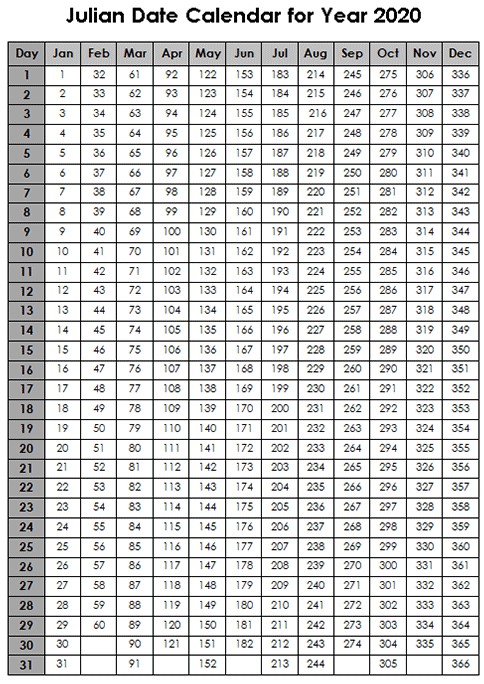Leapin’ Lizards! February 29
We were talking in the break room a couple of weeks ago about Julian days (yes, some days the conversation is a little more scientific than others). How does that extra day factor into scientific calculations?
Our research staff use Julian days as a concise way to record what happens and when. We use calendars with both the calendar date (February 24) and the Julian date (55) as a reference when taking field notes.
If you’re curious, you can read about calendars and all the planning that went to establishing them here. There’s even more about leap years here.
For example, if a field pea variety was planted May 6, Julian day 126, and flowered on June 29, Julian day 180, how many days from planting to flowering did it take? We can use Julian days to easily calculate the number of days, 180-126=54 days from planting to flowering. We can continue to record numerous phenological events using these numbers. If the same variety of peas quit flowering on Julian day 193 we can determine the number of days the pea variety flowered, 193-180=13-day bloom duration. We can go one step further to quantify maturity of the pea variety. We record the variety reached PM (maturity) on July 30, Julian day 211, so it would have taken 85 days from planting to maturity. I think you get the point, using a Julian day calendar assists researchers in recording crop growth events along with using these numbers for data analysis to put them in table form for you to use to make your crop variety choices.

2020 Julian date calendar.
A better measure of how much time crops (corn, sunflower, or wheat for example) need to grow is determined by using Growing Degree Days, but that’s a topic for another Center Points.
What’s the point? It’s easier to count days to maturity, for instance, by adding the days to maturity to the planting day number, then convert back to a calendar day. You could recite “thirty days hath September” rhyme, or count the bumps on your knuckles, and then add in the extra days in the first and last months, but a quick glance at the Julian Date might be less frustrating.
Does Leap Year negatively impact scientific calculations? Not when Julian Dates are used to count the span of dates. It’s a good thing, too, that February 29 is well outside our growing season (unless you are growing some of that 300-day corn) in North Dakota.
Linda Schuster
Linda.Schuster@ndsu.edu
Administrative Secretary
Steve Zwinger
Steve.Zwinger@ndsu.edu
Research Specialist


